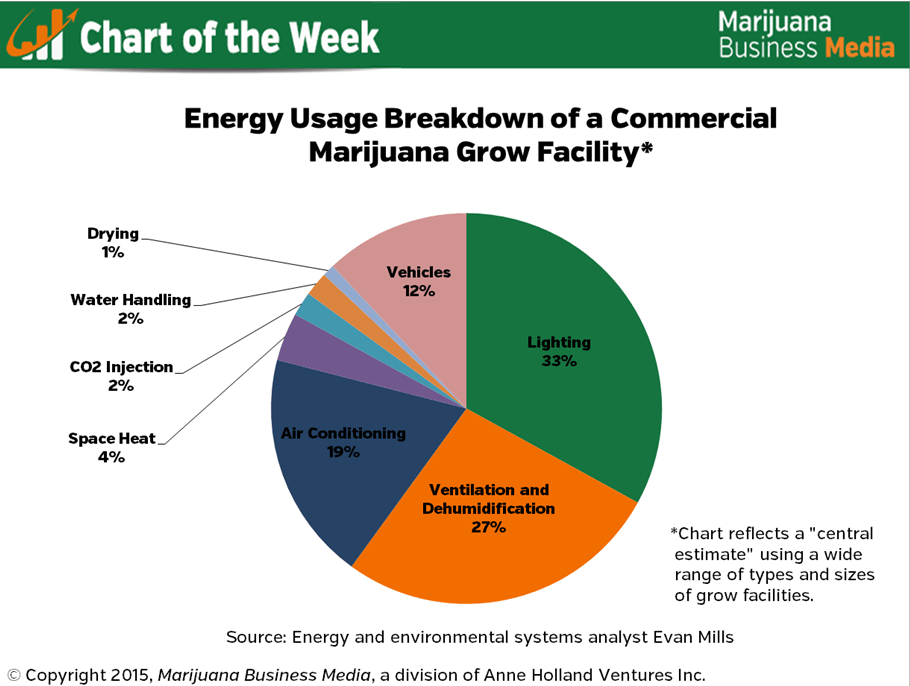By John Schroyer
Last year was one for the history books, as the first stores sold recreational marijuana to consumers beginning on New Year’s Day 2014 in Colorado.
While there were some bumps over the past 12 months, most notably controversy over edibles, cannabis business owners in the state are largely pleased with how the market has progressed – and what it portends for the future of the industry.
“Very successful” is how Michael Elliott, the executive director of Colorado’s Marijuana Industry Group, described 2014.
“If you look at the numbers, this is looking to be about a $600-$700 million year market, between medical and recreational,” he said. “In other words, we’ve pretty much doubled the total market in Colorado.”
Though much of the rec industry’s impact can’t be quantified – such as the number of ancillary businesses that have sprouted up and the revenues they’ve generated – there have been indications that retail sales have created a domino effect that’s arguably positive for the state as a whole.
Marijuana Business Daily sifted through data from the first year of retail sales in Colorado to shed light on how the market performed. Here are some highlights that track the growth of this brand new industry and its impact on existing medical marijuana businesses:
#1. Licensed rec cannabis companies ballooned. When the recreational industry launched, just 17 stores opened to the general public out of 136 shops that had obtained licenses to operate in Colorado at the time. By the end of the year, more than 225 shops were operation. The number of licenses issued for rec stores hit 306 by December (some have permits but are still preparing to open), according to the latest data from the state, which rounds out to one for every 17,216 residents.
#2. Number of MMJ businesses increased as well. The emergence of recreational marijuana didn’t have much of an impact on medical cannabis, at least in terms of the number of dispensaries. Many dispensaries continued serving patients but also added rec to their inventory, selling to both markets. And some new dispensaries even cropped up. According to state data, the number of dispensary licenses rose from 494 in late January to 501 by early December.
On the infused products side, the number of manufacturing licenses for companies targeting the MMJ market grew by roughly 23% – from 128 in January to 158 early last month.
#3. Rec sales rose steadily after initial boom. The recreational cannabis industry posted sales gains throughout the year, despite fears that interest levels would wane after the initial surge in January when revenue hit $14 million. In October, the latest month of sales data, revenue totaled more than $30.6 million. The tally for the first 10 months of 2014: Roughly $247 million, putting the industry on pace to top $300 million for the year.
#4. MMJ sales fluctuate. Medical cannabis sales bounced around a bit throughout the year, hitting new highs in some months but falling in others. In July, MMJ revenues actually came in below rec sales for the first time. But the medical marijuana industry held its own – largely because of lower taxes and, therefore, lower prices. Through October, MMJ sales for 2014 totaled roughly $327 million – about $80 million more than rec.
#5. Industry employment more than doubled. The cannabis workforce grew by leaps and bounds last year, largely due to the recreational industry. Last January, the Colorado Marijuana Enforcement Division had issued 6,593 occupational licenses for marijuana industry workers. As of Dec. 31, the MED had issued 15,992 such licenses. (By law, every worker in state-licensed retail and medical marijuana stores in Colorado – as well as employees of vendors that provide services to these shops – has to be vetted by the MED and given an individual occupational permit.)
#6. Rec prices stayed steady. While the cost of cannabis can vary greatly – depending on potency, strain and even the location of the shop – the general consensus is that prices have either stabilized or dropped as supply has gone up. Last January, the average price for an eighth of an ounce was between $40 and $50, before taxes. In November, the median price was still within that range, according to a recent survey of store owners.
#7. Different dynamics in mountain towns. In ski resort towns, recreational shops can generate roughly 90% of their sales tourists, vs. 50% or lower in some Denver-area stores. Prices are significantly higher in the state’s top tourist destinations as well. In those areas, an average eighth sells for $59, according to Colorado Pot Guide.
#8. Dozens of towns expressly permitted rec sales. Across the state, 44 towns and 20 counties chose to permit entrepreneurs to begin selling adult-use marijuana. That number nearly parallels those that allow MMJ sales – 50 towns and 19 counties permit medical cannabis businesses. The state’s rec law allows municipalities and counties to “opt out” of the recreational industry.
#9. Tax collections were strong but lower than expected. Colorado netted more than $60.1 million in taxes from the recreational and medical marijuana industry through October. While sizable, the tax haul is actually much less than many official projections forecast early in the year. But the state will get a boost when November and December are factored in, as holiday sales from “Green Friday” and the Christmas season were reportedly strong.
#10. MMJ patient registry grew. The number of patients registered with the state rose from 110,979 a year ago to 117,239 as of Oct. 31, a 5.6% increase. The rec industry failed to siphon off patients from the registry, likely because prices are significantly higher for adult-use cannabis. Apparently, the medical and recreational marijuana industries can co-exist and thrive together.
John Schroyer can be reached at johns@mjbizmedia.com




